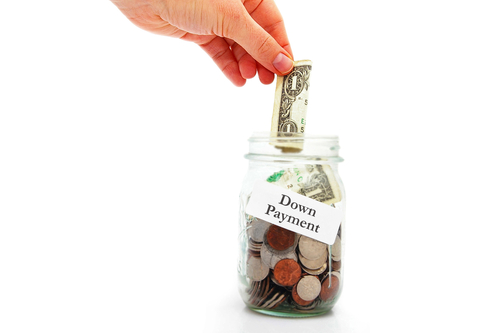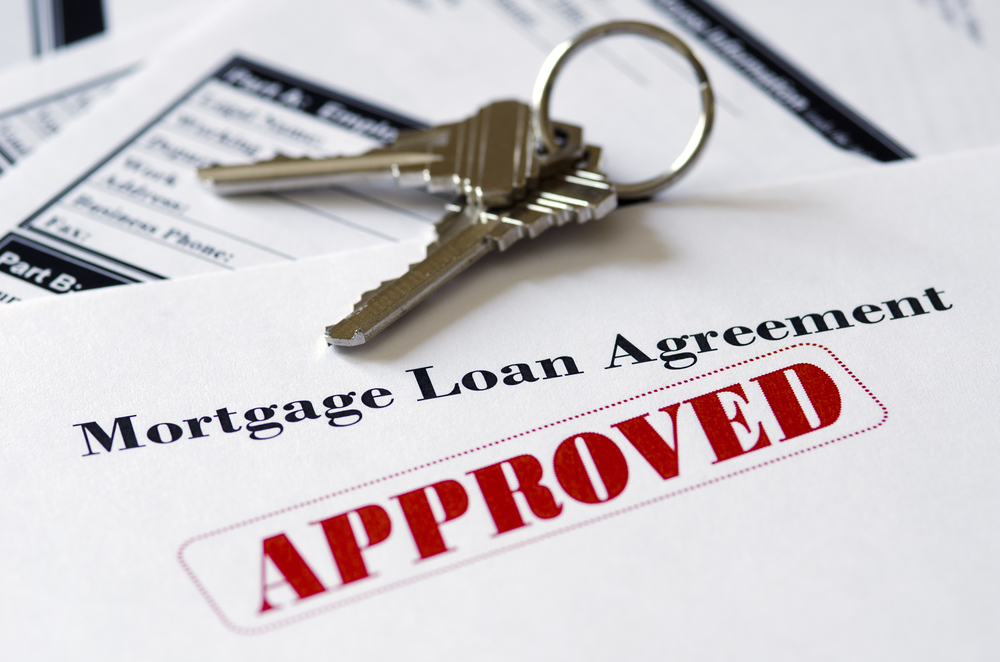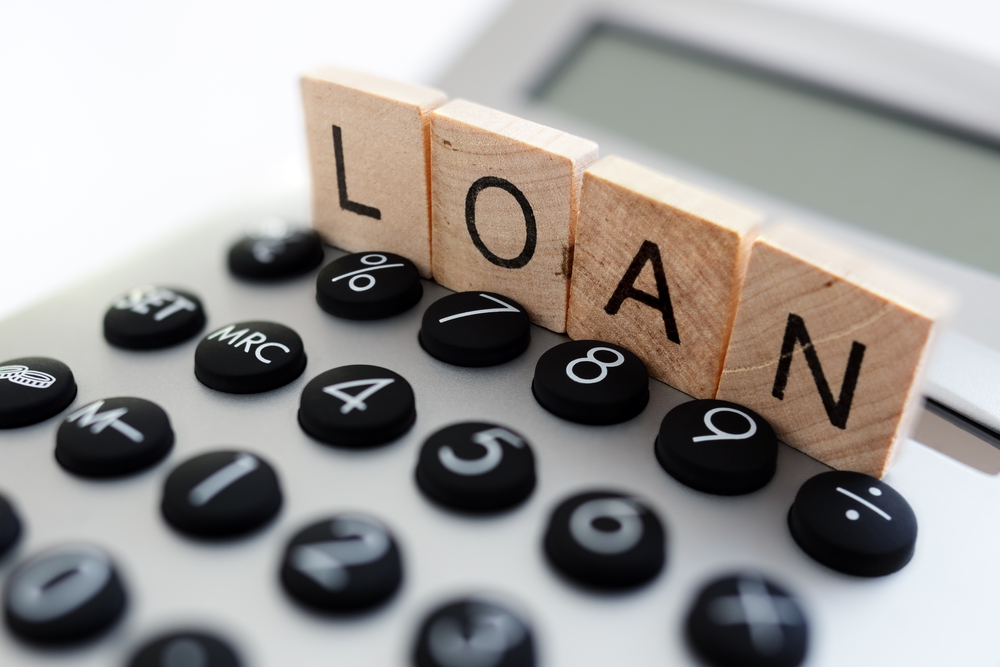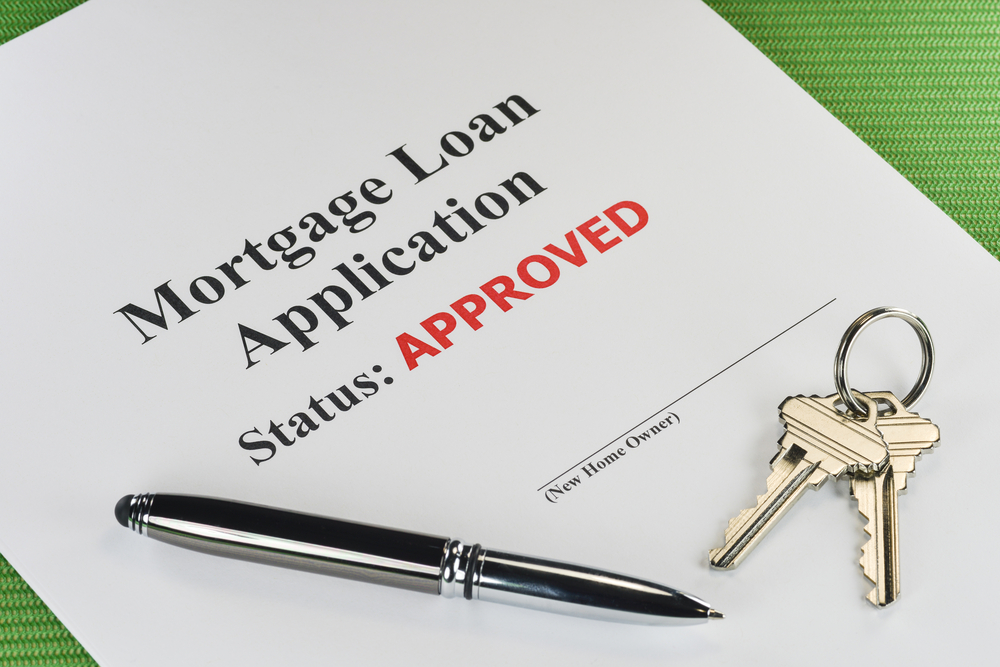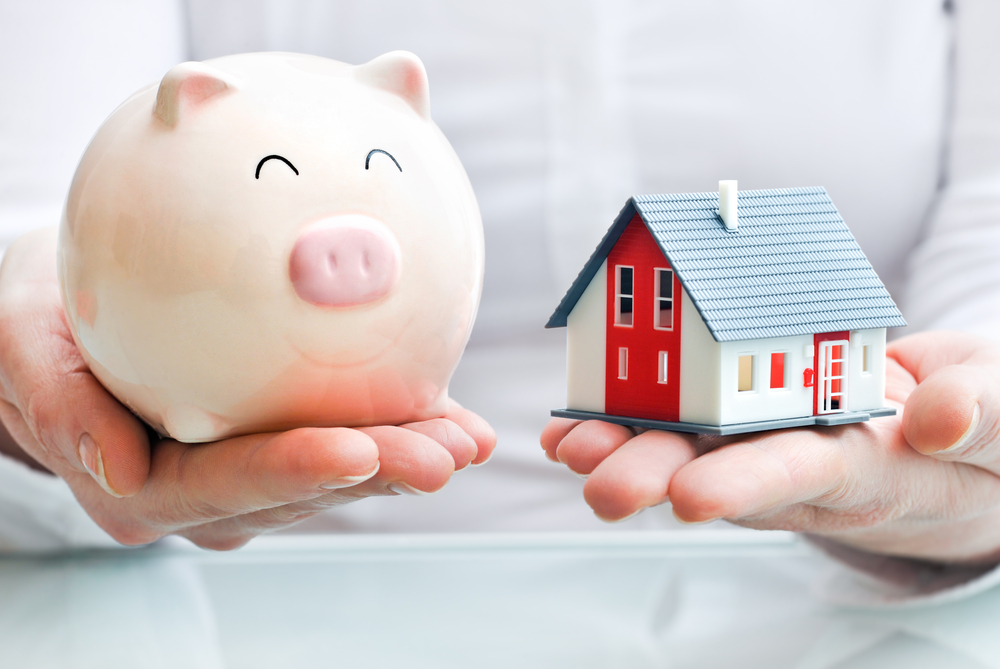After the housing collapse, some mortgage lenders started requiring a 10% down payment for home purchases. Unfortunately, this new requirement made it nearly impossible for many to buy a home. The good news is that low down payment mortgages have made a comeback, and if you’re looking to buy a home, you can qualify with as little as 3% to 5%.
This is an option when you don’t have a 20% down payment. Twenty percent of a $200,000 purchase is $40,000, which isn’t realistic for the average homebuyer. Several mortgages have low down payment options, including FHA loans, Fannie Mae’s HomeReady and Conventional 97, and a standard conventional. These programs let you purchase a property with the least amount of upfront cash. Although an attractive option, a low down payment isn’t the rule, nor does it make sense for everyone.
Benefits of a Traditional Down Payment
Understandably, many homebuyers want to spend as little of their own money as possible on a home purchase. And yes, giving the bank a lot cash at once can be scary. For this reason alone, you may lean toward a smaller down payment. However, if you recently sold a home and proceeds from the sale allow you to put down 20%, or if you have access to other resources, there are reasons to love the idea of a 20% down payment. You don’t have to pay private mortgage insurance with a 20% down payment and you’re able to negotiate a lower mortgage rate. In addition, you’ll borrow less, pay less interest and enjoy instant equity.
Importance of a Cash Reserve
But even if you have funds for a 20% down payment, you shouldn’t give the bank all of your money. Cash reserve requirements vary by lender. Some banks require borrowers to maintain a cash reserve equivalent to one or two month’s mortgage payments. Your lender may not have this specific requirement, but as a rule of thumb, only give the bank a 20% down payment if you’re able to maintain some cash in your personal account.
Some homebuyers make the mistake of cleaning out their savings to buy a home, and they have nothing leftover for an emergency, home repair or other unexpected expenses. Given the number of low down payment options, there’s no reason to wipe out your cash reserve. Rather than a 20% down payment, maybe give the lender a 10% or 15% down payment and keep the remaining cash for a rainy day.
